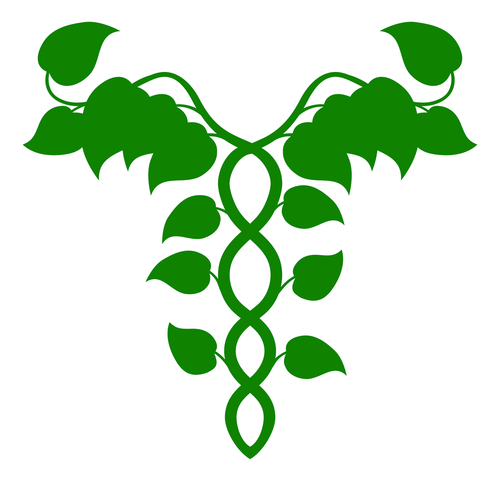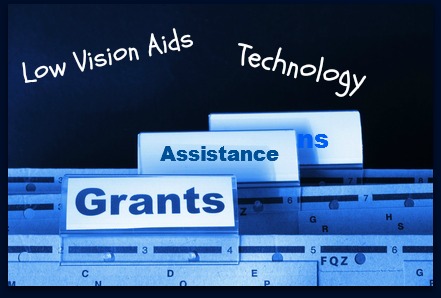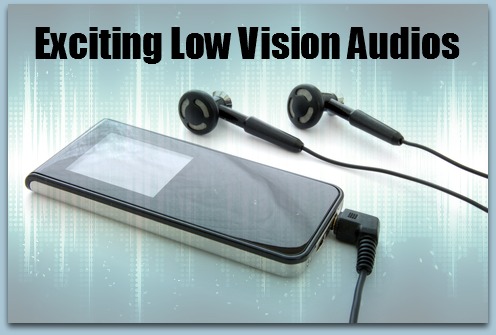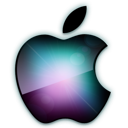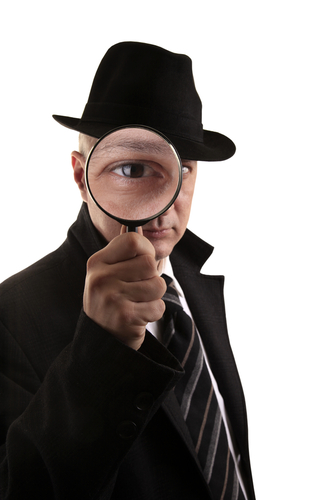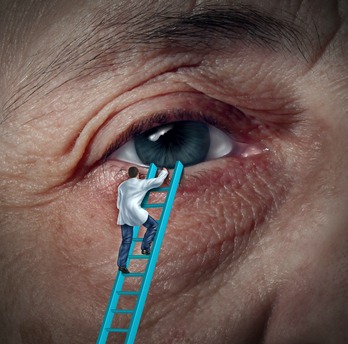Dry Macular Degeneration Treatment

Dry macular degeneration treatment is considered a chronic condition that affects the eye. It takes away your center of vision and is usually diagnosed after the deterioration of the macula is diagnosed. There are two types of dry macular degeneration: age related and wet macular degeneration.
For those who have been diagnosed with dry macular degeneration, the diagnosis can be devastating. It can cause permanent loss of vision or loss of central vision, leaving you with a low vision status. Since a person needs clear vision to perform daily tasks — reading, writing, even getting dressed in the morning — it can be difficult to recover from dry macular degeneration.
What Are the Dry Macular Degeneration Treatment Options?
For most patients, dry macular degeneration is age-related — and usually happens over the age of 50. But there are cases where a patient can suffer from this form of degeneration earlier in life. Some things that can increase your likelihood of dry macular degeneration are:
Race
Smoking
High alcohol consumption
Obesity
Cardiovascular disorders
High cholesterol
Family history
Once diagnosed, your treatment options are limited. This disorder is considered a permanent disorder. So treatment options often mean lessening the effects, but there is no treatment that can 100 percent reverse the effects of AMD. The most common type of treatment for AMD is the use of an implantable miniature telescope. This treatment will help you see better and may actually improve your vision enough to drive. It is usually available to those with end-stage dry macular degeneration or advanced staged AMD. The implant will help you see, but you will have to go through extensive rehabilitation post-surgery to recover your vision. You may lose peripheral vision with the implant, but most patients have had positive experiences with the telescope.
Other Non-Surgical Options for People with Dry Macular Degeneration
If you have low vision because of dry macular degeneration, a telescopic lenses may not even be an option or you may not want to go through surgery just to improve your vision. There are assistive technologies that can help those who lost their vision due to dry macular degeneration.
Low Vision Apps Can Help
Reading barcodes can be difficult with dry macular degeneration. Digit-Eyes is a premium app that helps scan barcodes, UPC codes and even EANs. It gives you instant access to over 37 million products all by using the camera on your smartphone. You can get Digit-Eyes and other apps like it through Low Vision Technologies today.
Nutrition & Age-Related Macular Degeneration (AMD)
With dry AMD, your goal is to prevent it from advancing to the more severe wet AMD, which can lead to severe vision loss.

While there’s yet to be FDA-approved treatment options, nutrition has been found to play a major role in slowing the progression of your eye disease.
The National Eye Institute performed a study with 3600 patients that resulted in findings showing how high levels of various antioxidants and zinc can help reduce the risk (by about 25%) in developing advanced macular degeneration.
When the results were released in 2001, we learned that two groups who saw the most benefits were:
- Intermediate stage AMD in one or both eyes
- Advanced AMD, either dry or wet, in only one eye
Folks with early stage AMD didn’t see much benefit. The bottom line is that this formula does help but it’s best to discuss your dry macular degeneration treatment specifics with your doctor before deciding on using it.
AREDS Formula
The formulation, called AREDS (Age-Related Eye Disease Study) used in the study consisted of:
- Vitamin C: 500 milligrams
- Vitamin E: 400 International Units
- Beta-Carotene: 15 milligrams
- Zinc: 80 milligrams
- Copper (cupric oxide): 2 milligrams
In 2006, the AREDS2 study revealed that adding Omega-3 and lutein/zeaxanthin had further positive effects.
You can find the AREDS formulation in pharmacies and other retail stores.
Other Dry Macular Degeneration Treatments
While there’s still no proof that the following treatments can be helpful, I think it’s good that you know about them in case you want to explore:
Acupuncture – Some practitioners report progress in treating AMD through acupuncture, where the goal is to increase blood supply to the retina.
Microcurrent Stimulation – Again, there are no definitive studies, but in this form of treatment, electrodes are used to pass electric current through the tissue. A handheld device is used to provide a low voltage current to nerves around your eye.
Rheopheresis – Blood is removed from one arm, filtered, and then returned through the other arm…similar to kidney dialysis. A U.S. clinical trial was stopped due to lack of funding, but it’s available in Germany and Canada.
Treatment Through Functionality
Just like you, I deal with low vision, as I have dealt with Angioid streaks for over 25 years. I believe the most effective treatment is to do what’s best nutritionally and then learn how to best use technology to make our day-to-day tasks easier and more enjoyable.
Did you know there’s a vast array of high tech gear designed to make reading, writing, cooking, driving, taking medications, and other every day activities doable for those with low vision?
I’m passionate about using these devices and sharing them with folks like you. If you’d to learn more, fill out the form below and I’ll send you details.
Get Exciting Low Vision Technological Secrets Sent To You...
Low Vision > AMD > Dry Macular Degeneration Treatment







